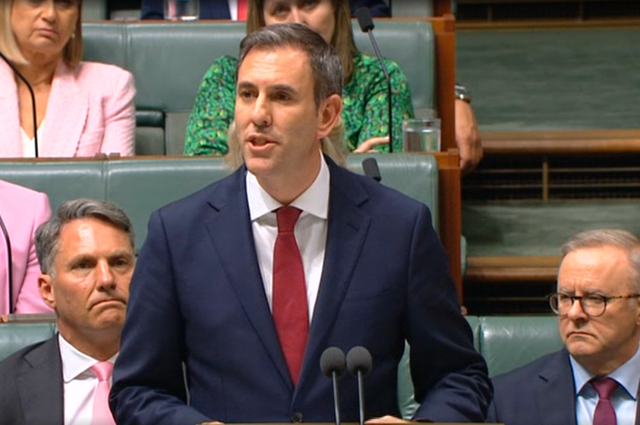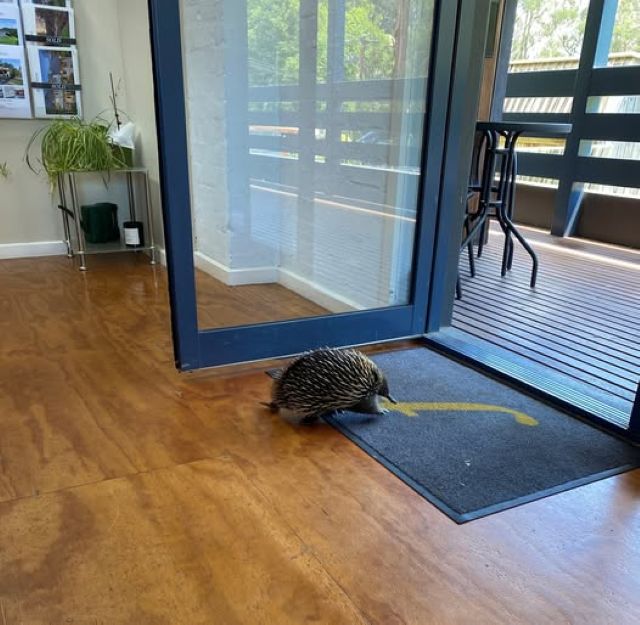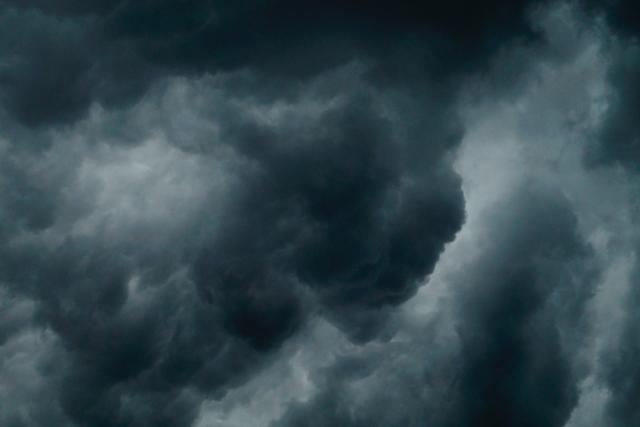The federal Labor Party has released its first budget, with deficit repair, investment in a resilient and modern economy and responsible economic management at the forefront.
Treasurer Jim Chalmers said Australians know there are “hard days to come and hard decisions to accompany them” as the country confronts the prospect of a third global downturn in a decade and a half.
“This time not a financial crisis or a pandemic, but a war driving high prices and higher interest rates here and around the world, and the risk of another global recession,” he said.
“This time demands a different response, one that puts a premium on what’s responsible, affordable, and sustainable. That’s why this budget pays for what’s important, strengthens our buffers against adversity, and begins to build a better future.”
The budget delivered a host of election promises from the Labor Party, including subsidized child care with $4.7 billion over four years, $531.6 million over four years for expanding paid parental leave and $787.1 million over four years to reduce co-payment for pharmaceutical scripts from $42.50 to $30 per script.
Mr Chalmers said the inflation is expected to peak at 7.75 per cent later this year before moderating over time to 3.5 per cent through 2023-24.
“Wages are growing faster now than they were before the election, but that welcome news is tempered by rising electricity prices and grocery bills eating into pay packets,” he said.
“When that inflation moderates, real wages are expected to start growing again in 2024.”
He said the federal government would make it easier for parents to earn more with cheaper child care, train more people for higher wage work, invest in industries that create secure and well-paid jobs and fix “the broken bargaining agreement,” to combat the fact real wages are lower today than they were 10 years ago.
$3 billion has been provisioned as a response to recent floods according to the treasurer, which will fund Disaster Relief Australia to deploy more than 5,000 volunteers for future natural disasters and $200 million a year in disaster prevention and resilience.
Mr Chalmers said the budget does more to “confront Australia’s housing problem.”
“Rents are through the roof, and many families are struggling to keep up. Supply hasn’t kept up with demand, which means too many struggle to live close to where they work,” he said.
“Too many are stuck on waiting lists for social housing and for too many, the great Australian dream of homeownership seems completely out of reach.”
He said the Housing Australia Future Fund would build 30,000 new social and affordable homes in its first five years and the National Housing Facility would support an additional 5,500 new homes, the Help to By Scheme would allow up to 40,000 Australians to own their homes with a lower deposit and a smaller mortgage and the Regional First Home Buyer Guarantee would support another 10,000 new homeowners each year.
Mr Chalmers said the budget will invest $6.1 billion more into hospitals, medicare, Covid-19 support and expanding access to health care and more than $2.5 billion into putting nurses back into nursing homes and to respond to recommendations of the aged care royal commission.
“We choose dignity for Australians with disability. This budget begins the task of repairing the NDIS and securing its future,” he said.
“Investing $1.2 billion in practical measures to Close the Gap for First Nations people and communities, and to begin preparations for a referendum on a Voice to Parliament.”
Other initiatives in the budget included the establishment of a $20 billion fund for energy transmission, $800 million invested in cutting taxes on electric cars, building a national electric vehicle charging network and hydrogen refuelling stations, providing solar battery storage for up to 100,000 homes and ensuring renters and apartment owners can benefit from cheaper energy.
Aside from $120 billion earmarked for transport infrastructure over the next 10 years, the budget also included funding for increased access to fibre internet connection for 1.5 million homes and businesses, more funding and staff to resolve visa application backlogs to fill labour shortages and $1.8 billion for environmental and heritage protection, including an extra $204 million to protect and restore the Great Barrier Reef.
Mr Chalmers predicted an improved deficit forecast of $28.5 billion through spending reductions.
“The deficit for 2022-23 is now forecast to be $36.9 billion, an improvement of $41.1 billion,” he said.
“But while the temporary revenue boosts we’re getting from higher employment and higher commodity prices will fade and fall, the profound and permanent spending pressures on the budget are forecast to grow and grow.”







